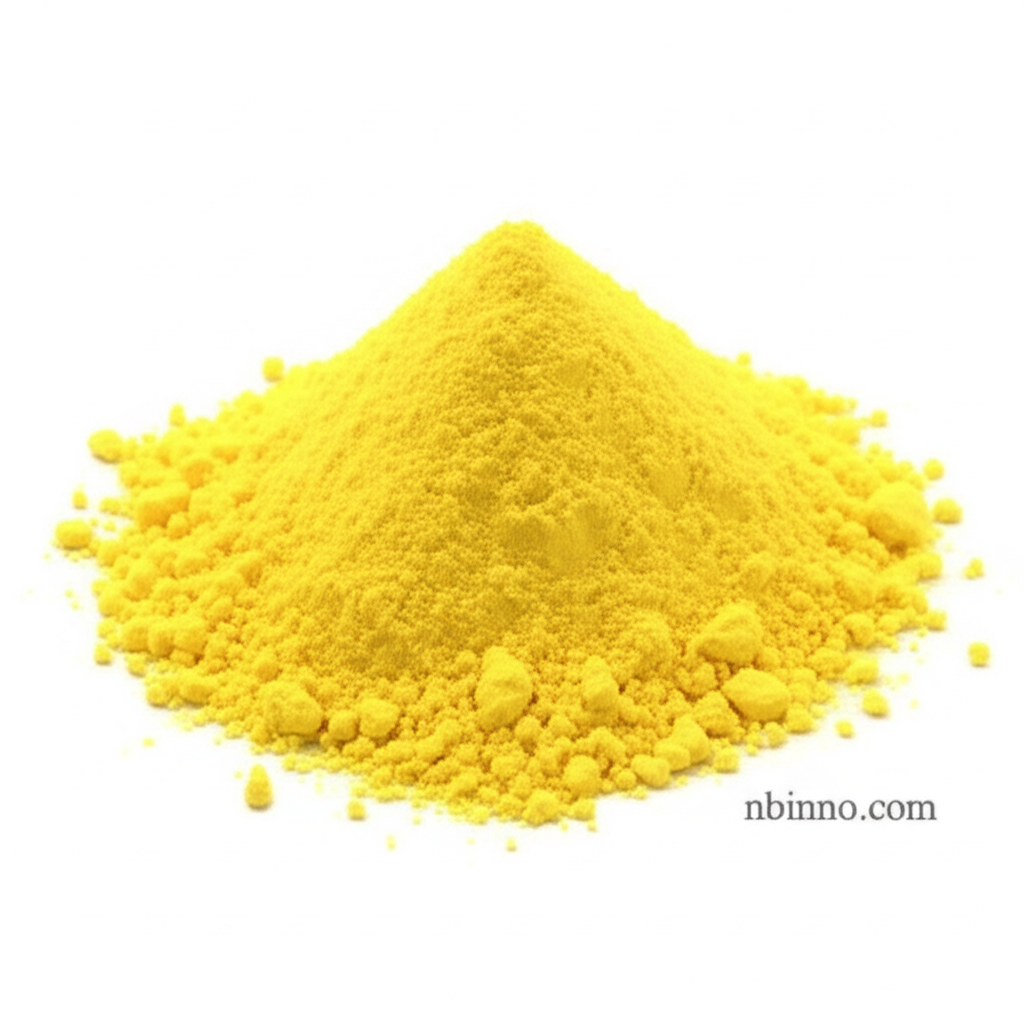Ethyl 2-(3-formyl-4-hydroxyphenyl)-4-methylthiazole-5-carboxylate: Synthesis, Properties, and Applications in Pharmaceutical Development
Explore the synthesis and diverse applications of this vital chemical compound, a key intermediate in pharmaceutical innovation and beyond.
Get a Quote & SampleProduct Core Value

Ethyl 2-(3-formyl-4-hydroxyphenyl)-4-methylthiazole-5-carboxylate
As a reliable supplier and manufacturer in China, we offer Ethyl 2-(3-formyl-4-hydroxyphenyl)-4-methylthiazole-5-carboxylate, a crucial compound for various advanced applications. Its precise synthesis and high purity make it invaluable for researchers and industries.
- This compound is a key intermediate in the pharmaceutical development of novel drugs, particularly in the synthesis of anti-inflammatory and anti-cancer agents, leveraging its unique structural features.
- The synthesis of ethyl 2-(3-formyl-4-hydroxyphenyl)-4-methylthiazole-5-carboxylate involves a controlled reaction process ensuring high quality and yield for its subsequent applications.
- It demonstrates significant antibacterial and antifungal activity, making it a valuable component in the research for new antibacterial and antifungal agents.
- Its application in materials science highlights its versatility, contributing to the creation of advanced materials with tailored thermal and mechanical properties.
Key Advantages
Pharmaceutical Synthesis Prowess
Leveraging this compound in organic synthesis allows for the efficient creation of complex molecules, significantly advancing drug discovery pipelines.
Broad Spectrum Activity
The noted antibacterial and antifungal properties contribute to its use in developing innovative solutions within the life sciences, addressing critical needs.
Material Science Innovation
Its unique reactivity profile makes it suitable for developing advanced materials, enhancing performance in various industrial applications through precise chemical formulations.
Key Applications
Pharmaceutical Development
This compound is pivotal in the pharmaceutical development of new therapeutic agents, particularly those targeting inflammation and cancer.
Organic Synthesis
As a versatile building block, it aids in complex organic synthesis, enabling the creation of novel chemical structures for research and industry.
Biochemical Research
Its utility extends to biochemical research, aiding in the study of enzyme interactions and metabolic pathways for potential therapeutic targets.
Agricultural Chemistry
It finds application in the formulation of agrochemicals, supporting the development of effective and environmentally conscious pesticides and herbicides.
